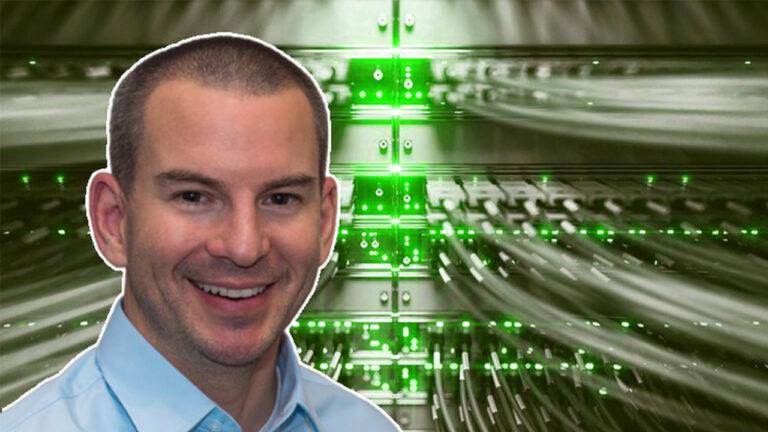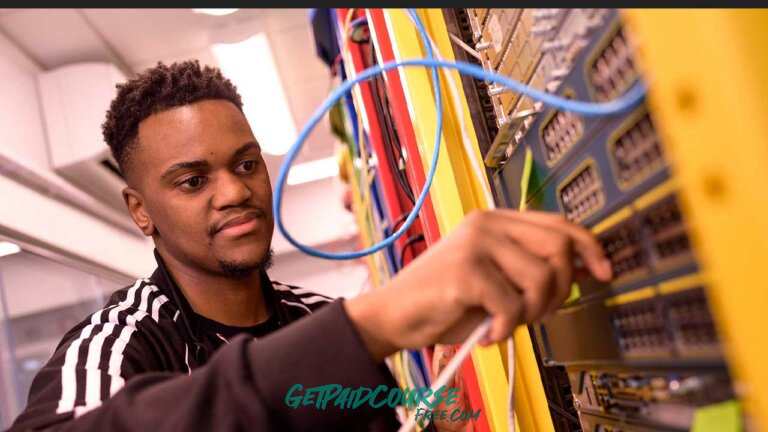Udemy – Fundamentals of Networking Engineering
Fundamentals of Networking Engineering
Understanding the first principles of networking to build low latency and high throughput backends
How To Download Course With Smartphone
What you’ll learn
- IP Protocol
- TCP Protocol
- UDP Protocol
- Understand the circumstances where requests and responses are slowed down
- Learn how DNS works
- Learn how TLS works
- Learn the building blocks of TCP/IP Protocol
- Learn the OSI Model and where your application fits in it
- Understand the performance impact of TCP/IP in Backend applications
- Make better decisions on what protocol to select for the Backend
- Build and Design better TCP/UDP Backends
- Use Wireshark to inspect traffic
- Use TCPDUMP to inspect traffic
- Build TCP and UDP Servers with multiple languages (Javascript and C)
- Networking with Docker
Requirements
- Basic programming experience
- Recommended: Having built a backend application
Description
We are entering an era in software engineering where we rely on libraries and frameworks to do most of our work. While this is useful and save tremendous dev hours, it creates leaky abstractions that manifest in form of performance degradation, unexpected errors, 100% CPU , network and disk usage, hangs, latency and many other. It becomes difficult to articulate what goes wrong on the backend and how to fix it when engineers don’t understand the basic building block of what they are interacting with.
Network communication is one of the most critical pieces in backend engineering. And the TCP/IP Internet suite is the basic fundemntal building block of communications that link the frontend to the backend. Any protocol we use eventually gets encapsulated into either a TCP segment or UDP datagram. That packet is wrapped in an IP packet which is placed into a frame and then sent across the network. These layers are important to understand for backend engineers in order to optimize the stack, minimize latency, and increase throughput. What matters is the true understanding of these pieces and not just memorizing definitions and packet headers to pass an exam. If an engineer truly understood what is happening when their backend API receives an HTTP POST request for example, they will be astonished at how much is happening behind the scenes. They would completely change the way they approach backend API designs, they will try to select the best protocol for the job, and they will tune that protocol to its maximum potential. They will start asking questions about frameworks and libraries that nobody else does. It is those questions that will make them fully utilize those framework to their maximum potential. You Can Learn Udemy – Best of Website Traffic 2023: SEO, Facebook Ads & Google Ads
This course is primarily designed for backend engineers who built applications, services or APIs and want to take their skillset to the next level. If you are a frontend engineer who are interested in the backend and have attempted to build backend apps before this course is also for you. If you are a network engineer who already know the basic fundamentals and want to start building backend applications effectively this course might help you bridge the gap
This course is not designed for those who want to pass network certification tests (CCNA, CCNP, CCIE etc..) You Can Learn Full Stack Web Development with C# OOP, MS SQL & ASP.NET MVC
Who this course is for:
- Backend engineers
- Frontend engineers who are interested to start building Backend apps
- Full stack engineers
- DevOps engineers
- Site reliability engineers
Download Problem Msg Our telegram & Facebook group Or Comment Us. Use Online Web Tools
How to Download Our Course With Desktop










One Comment